Video of the Autonomous Uber Crash Raises Scary Questions, Important Lessons

On Wednesday evening, the Tempe Police Department released a video documenting the final moments before an Uber-owned autonomous test vehicle fatally struck a woman earlier this week. The public response has been varied. Many people agree with Tempe Police Chief Sylvia Moir that the accident was unavoidable, while others accusing Uber of vehicular homicide. The media take has been somewhat more nuanced.
One thing is very clear, however — the average person still does not understand how this technology works in the slightest. While the darkened video (provided below) does seem to support claims that the victim appeared suddenly, other claims — that it is enough to exonerate Uber — are mistaken. The victim, Elaine Herzberg, does indeed cross directly into the path of the oncoming Volvo XC90 and is visible for a fleeting moment before the strike, but the vehicle’s lidar system should have seen her well before that. Any claims to the contrary are irresponsible.
While investigations by the Tempe Police and National Transportation Safety Board are ongoing, the footage clearly illustrates a total breakdown in safety protocols. Uber’s safety driver, 44-year-old Rafaela Vasquez, should have been more attentive. In the moments before the crash, the vehicle’s occupant can clearly be seen looking down at a mobile device. While some claim, based on the video, that he couldn’t have possibly avoided the pedestrian, the truth of the matter is that the low-aperture camera is worse at capturing darkened images than the human eye. The road ahead was lit by streetlights and modern headlamps.
However, Uber’s autonomous hardware should have seen the woman even in pitch black. The approach was straight and Herzberg was already in the street, having crossed at least one lane before impact. Lidar is supposed to be the golden goose for autonomous technology, allowing for digital imaging beyond what the human eye is capable of. But it completely failed in this instance — either because the hardware failed to pick the woman up or the software simply did not recognize her. Neither the car, nor Vasquez, attempted to apply the brakes as it approached Herzberg, and those failures ultimately proved fatal.
The design of the road also holds some responsibility. The median has a pathway clearly intended for foot traffic, despite there being signs saying otherwise, yet it empties out directly into the street long before the designated crosswalk. Herzberg made use of it as she attempted to walk her bicycle to the bike lane on the side of northbound Mill Avenue. If she had not chosen that path or been slightly more attentive when entering the roadway, there is a chance none of this would have happened.
It did happen though, and it raises questions about the preparedness of autonomous technology and companies’ responsibility in ensuring their safe deployment. For the most part, it’s been a bonanza for tech firms and automakers wanting to test on the open road. The government has offered almost no oversight in the hopes that self-driving cars will get here sooner. But critics have suggested this is wildly irresponsible, as it operates almost entirely upon a company’s good faith.
The National Highway Traffic Safety Administration only mandates a “ Voluntary Safety Self-Assessment” of autonomous vehicles. Thus far, only two organizations have bothered produce one — General Motors and Google’s Waymo.
We should not immediately demonize self-driving technologies, however. While it would be prudent to hold companies to a higher standard than the federal government seems willing to do, autonomous vehicles may still be the best defense against drunk or utterly inept driving. That said, they may also set the stage for a dystopian future where manual driving is illegal, companies endlessly advertise to you in-car, and hackers can assume total control of your vehicle. The point is that practically every subtle aspect of the tech is being ignored while the market attempts to get it ready lickety-split. None of these issues are being addressed and safety checks have fallen by the wayside.
Yes, of course, there would have eventually been a casualty. But the incident in Tempe, Arizona, shouldn’t have been it. That accident appears as if it could have been avoided. It also offers some important lessons. This technology is not readily understood by the general populace and companies may be deploying it irresponsibly.
The Tempe Police Department released a statement with a video saying it “will address the operating condition of the vehicle, driver interaction with the vehicle, and opportunities for the vehicle or driver to detect the pedestrian that was struck.” Meanwhile, Uber has said its test vehicles are still grounded and that the company will be assisting local, state, and federal authorities in any way it can.
Uncovering where the system failed and why will be the final piece of the puzzle. However, even if it ends up being a totally unpredictable software glitch, the public should still take time to gain a cursory understanding of autonomous technology and consider how it wants it to be implemented. Because the people that will be the most affected aren’t the ones steering this ship right now.

A staunch consumer advocate tracking industry trends and regulation. Before joining TTAC, Matt spent a decade working for marketing and research firms based in NYC. Clients included several of the world’s largest automakers, global tire brands, and aftermarket part suppliers. Dissatisfied with the corporate world and resentful of having to wear suits everyday, he pivoted to writing about cars. Since then, that man has become an ardent supporter of the right-to-repair movement, been interviewed on the auto industry by national radio broadcasts, driven more rental cars than anyone ever should, participated in amateur rallying events, and received the requisite minimum training as sanctioned by the SCCA. Handy with a wrench, Matt grew up surrounded by Detroit auto workers and managed to get a pizza delivery job before he was legally eligible. He later found himself driving box trucks through Manhattan, guaranteeing future sympathy for actual truckers. He continues to conduct research pertaining to the automotive sector as an independent contractor and has since moved back to his native Michigan, closer to where the cars are born. A contrarian, Matt claims to prefer understeer — stating that front and all-wheel drive vehicles cater best to his driving style.
More by Matt Posky
Latest Car Reviews
Read moreLatest Product Reviews
Read moreRecent Comments
- Probert They already have hybrids, but these won't ever be them as they are built on the modular E-GMP skateboard.
- Justin You guys still looking for that sportbak? I just saw one on the Facebook marketplace in Arizona
- 28-Cars-Later I cannot remember what happens now, but there are whiteblocks in this period which develop a "tick" like sound which indicates they are toast (maybe head gasket?). Ten or so years ago I looked at an '03 or '04 S60 (I forget why) and I brought my Volvo indy along to tell me if it was worth my time - it ticked and that's when I learned this. This XC90 is probably worth about $300 as it sits, not kidding, and it will cost you conservatively $2500 for an engine swap (all the ones I see on car-part.com have north of 130K miles starting at $1,100 and that's not including freight to a shop, shop labor, other internals to do such as timing belt while engine out etc).
- 28-Cars-Later Ford reported it lost $132,000 for each of its 10,000 electric vehicles sold in the first quarter of 2024, according to CNN. The sales were down 20 percent from the first quarter of 2023 and would “drag down earnings for the company overall.”The losses include “hundreds of millions being spent on research and development of the next generation of EVs for Ford. Those investments are years away from paying off.” [if they ever are recouped] Ford is the only major carmaker breaking out EV numbers by themselves. But other marques likely suffer similar losses. https://www.zerohedge.com/political/fords-120000-loss-vehicle-shows-california-ev-goals-are-impossible Given these facts, how did Tesla ever produce anything in volume let alone profit?
- AZFelix Let's forego all of this dilly-dallying with autonomous cars and cut right to the chase and the only real solution.



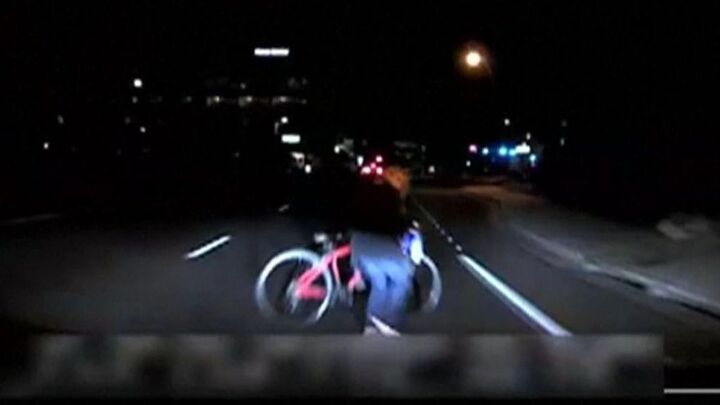















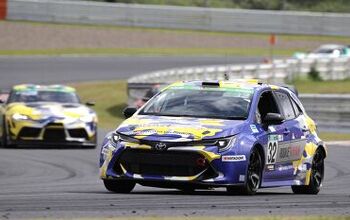

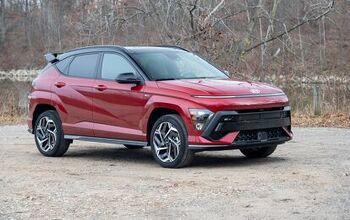
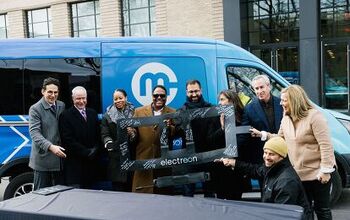
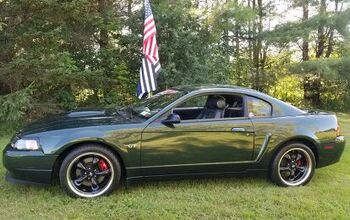
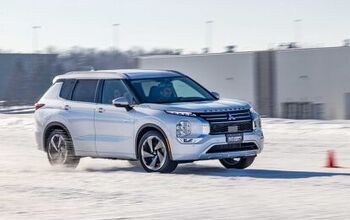
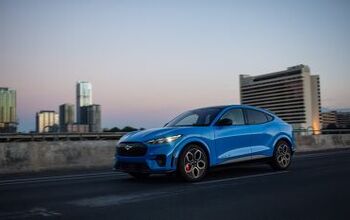
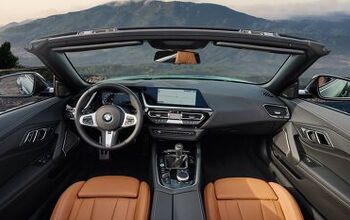
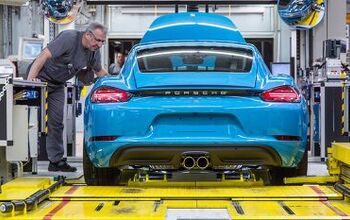
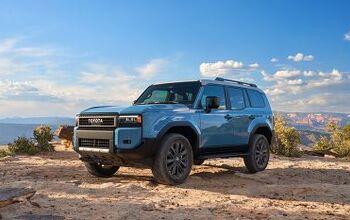



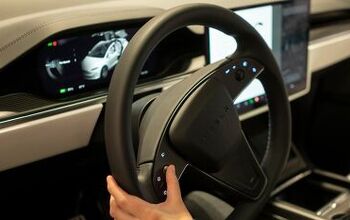
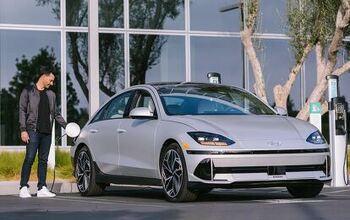
Comments
Join the conversation
The burden is 100% on the tech companies. They are attempting a grand and complex thing, it won't be anywhere near simple. But in the end, this is not a software crashing and some refunds. This is human lives being put on the line. The individuals attempting to develop this technology had best access their sense of humanity as much, or more, than their technical skills. Hopefully they already are, but time will tell.
"... but the vehicle's lidar system should have seen her well before that. Any claims to the contrary are irresponsible." 100% agree. I've been stating for almost four years now that Lidar would not be the panacea so many people. We now have absolute proof of that statement.